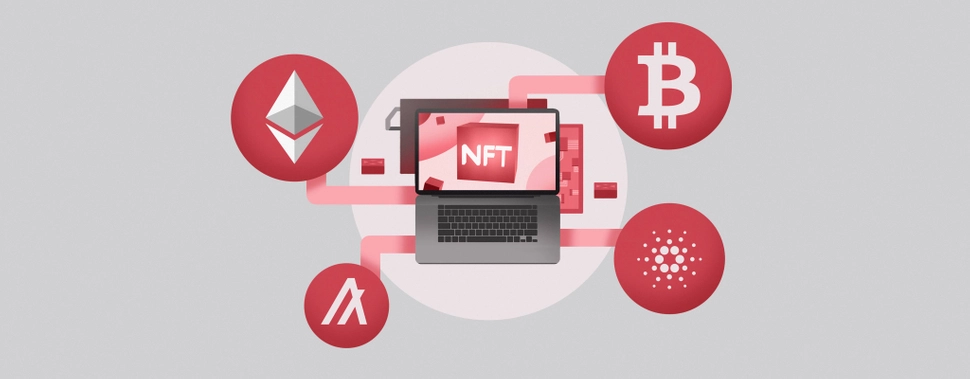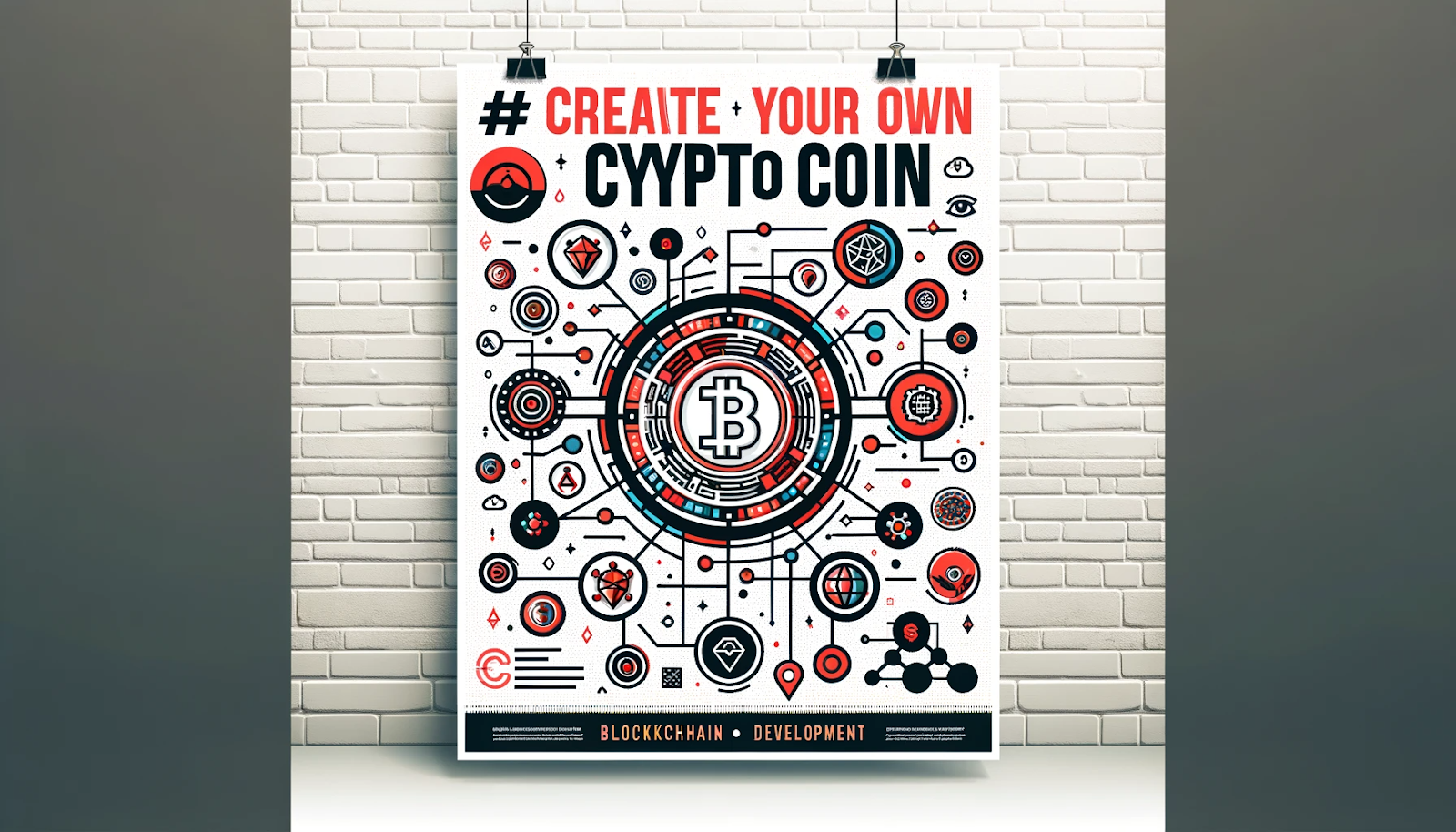What are liquidity lockers? How to protect your funds on DeFi platforms?

Hacker attacks remain one of the biggest risks in DeFi. The decentralised nature of blockchain protocols does not prevent thefts of that kind, as the use of DeFi tools implies free circulation of funds without the possibility of blocking them. In practice, even partial or full centralisation, such as with Tether (USDT) and USD Coin (USDC) smart contracts, does not always help prevent financial losses.
According to the analytical service Chainalysis, the rug pull scheme has become one of the main methods of fraud in 2021. Thus in 2020, only 1% of crypto fraudsters’ income came from rug-pulls, but in 2021, the share rose to 37%. In total, this scheme brought $8 billion in profits to fraudsters.
Bugs and vulnerabilities in the DeFi protocols allow hackers to syphon off funds, so investors lose money even though they bear the full risk. No one guarantees that the funds will be returned. Not to mention the numerous fraudulent protocols originally designed for theft.
Even eliminating identified problems provides no guarantee that new incidents will not occur in the future. In 2021 alone, the well-known DeFi platform Cream Finance was hacked three times, with hackers causing cumulative damage of over $130 million.
These and other issues have led developers to create liquidity blocking services and tools that have only been used in a few DeFi protocols like Uniswap. Let us take a look at what liquidity blocking services are, how they work and which ones currently exist.
What are liquidity locking services?
In simple terms, these services allow you to lock liquidity tokens or LP tokens in a smart contract for a certain period of time. This means that neither their owner nor the developer of the smart contract nor anyone else can take tokens from liquidity pools until the lock expires or the corresponding permissions are revoked.
To understand how liquidity locks work, we should first look at how liquidity pools work. To provide liquidity to a DEX exchange, an investor must deposit a specific coin/token pair into a corresponding pool, such as ETH-USDT or BNB-BUSD.
Once a holder has deposited crypto assets, they receive liquidity tokens in return, which they can exchange for other assets on the exchange, shop in a wallet or use in other pools to earn additional rewards. This method is known as cryptocurrency farming. LP Tokens can even be transferred to other decentralised networks via blockchain bridges.
The actual concept of liquidity locking was invented back in 2020 by the developers of Unicrypt, the first liquidity locking service for the well-known decentralised exchange Uniswap.
List of liquidity locking services
So far, there are only a few such services, but as demand increases, so will the number of platforms/exchanges supported. Most of these services offer functionality compatible with the most popular blockchains, Ethereum and BNB Chain. We list 6 such well-known services.
Unicrypt
This is the world’s first liquidity blockchain service, developed in 2020 to provide financial protection to investors in the DeFi segment. Unicrypt was the first to introduce the concept of Proof-of-Liquidity (PoL) and initially implemented it in liquidity blockchain smart contracts on the Ethereum blockchain.
Unicrypt was developed to augment the liquidity pools of Uniswap’s AMM protocol running on the Ethereum blockchain. Unicrypt’s liquidity locker gives investors the ability to track key data across liquidity pools, such as the expiry date and total amount of locked assets.
The team has also released a deflationary governance token, UNCX, which allows you to earn rewards for deploying other tokens on the service called UNCL. The latter is an inflationary token and is used to reward participants in the ecosystem. Both tokens are available on three blockchains: Ethereum, BNB Chain, and xDai.
In 2021, the project team developed 3 different Dapps for 8 automated market makers (AMM protocols) such as Uniswap, Sushiswap, Pancakeswap, Quickswap and others. The Unicrypt solution currently supports 5 blockchains, including second-tier networks: Ethereum, Avalanche, BNB Chain (ex-Binance Smart Chain), Polygon, and xDai.
In addition to the liquidity blocker, Unicrypt offers 4 other services:
- Token Vesting — a mechanism for the gradual release of a token for distribution to investors.
- Token Minter is a function for creating custom digital assets.
- The Initial Liquidity Offer (ILO) platform is a platform for launching new projects. Token sales of projects such as Baby Doge, Cult, vEmpire and Project Quantum took place on the Unicrypt platform.
- Farms-as-a-Service is a staking product with the ability to create custom farming pools and distribute multiple token-staking rewards.
The Unicrypt service offers liquidity locking services for 6 or more months with the option to withdraw a portion of the tokens. For the usage of the services, the platform charges %0.3 of the amount locked by the user.
This liquidity locking service is available on PancakeSwap V2 and will be added to Uniswap V3 once the exchange launches liquidity pools. In 2021, the developers had improved the functionality of the service and added features such as lock splitting, incremental locks and transfer of ownership.
DYP locker
DYP Locker is a relatively new service that offers a decentralised DeFi Yield Protocol or DYP Finance, a feature-rich farming protocol that supports liquidity farming and launchpad functions, as well as a pool and large swap explorers for amounts over $10,000. DYP Locker supports several large decentralised protocols such as Uniswap, Balancer, PancakeSwap and SushiSwap.
Unlike Unicrypt, DYP Locker does not charge a fee for locking liquidity. However, to use this feature, users must convert 1% of the amount of LP tokens added into Ethereum cryptocurrency, which is used for trading and locking native protocol (DYP) tokens.
When users lock liquidity on the DYP Finance platform, they receive DYP tokens in return, which they can store in a crypto wallet or exchange for other cryptocurrencies. Users choose their own unlock date. Among the minuses is the user interface: it will be difficult for beginners to figure out right away how blocking liquidity works on the platform.
CryptEx
The CryptEx platform offers liquidity blocking and token vesting services. In total, users have blocked more than $30 million in crypto assets in 932 projects, according to the platform’s own data.
The platform has released its own collection of non-fungible Super Puppy NFT tokens and a native CRX token that is currently only traded on a single DEX, which is ApeSwap on the BNB Chain. CRX is listed on CoinMarketCap and Coingecko monitoring services, but its capitalisation is only around $328,000.
This liquidity locker’s smart contracts have passed internal and external security audits (the corresponding reports from Hacken and Quantstamp can be found on the CRX token page on CoinMarketCap’s website).
Users themselves determine the period for which LP tokens are locked. The CryptEx team states that it does not have access to blocked LP tokens stored in the protocol’s smart contract: Assets can only be withdrawn to the wallet that originally locked them.
The CryptEx service offers liquidity providers a whole system of commissions to choose from:
1. $40 in CRX tokens + 0.5% of the amount of the LP tokens (this option is only available on the BNB chain)
2. $50 in the main blockchain coin depending on the network chosen (ETH, BNB, etc.) + 0.5% of the amount of LP tokens
3. Fixed rate of $1200 in CRX tokens for large liquidity providers
4. Fixed rate of $1500 in native coins of the network (ETH, BNB, etc.).
The CryptEx service also offers a simple, smart contract constructor. If you want to create your own smart contract with unique features that were verified by developers, you can order this service from ICODA. We offer a free consultation.
Mudra
The Mudra service offers various services such as research, liquidity blocking, creation of your own tokens and a launchpad for starting new decentralised projects.
The platform allows you to block the LP tokens of the PancakeSwap exchange on the BNB Chain network for a period of time chosen by the user. The interface of Mudra’s liquidity blocker is almost identical to that of DYP Locker but looks slightly better.
The service charges a commission of 0.5% of the amount of LP tokens deposited or 1% in native coins of the network (BNB).
The Mudra Manager team has issued its own MUDRA token, which is currently traded on PancakeSwap. Holders of the native token of the MUDRA project get access to premium features depending on the amount held:
Kenshi
Launched by the Swiss blockchain company of the same name, the Kenshi service offers free liquidity blockers based on the BNB Chain blockchain that can be used for all BEP-20 tokens.
The uniqueness of the project lies in the fact that users can get their own liquidity blocker temporarily or permanently. This can be done in two ways:
- Block 1,000,000,000 (~$27) native KENSHI tokens for at least two years. Accordingly, in this case, the blocker is no longer available after the tokens have been released.
- Buy the blocker for a one-time fee of 0.2 BNB and get access to it forever.
Kenshi offers a wide range of services for users and blockchain platforms, including price oracles and security audits. The Kenshi Liquidity Blocker allows you to block one or more tokens in a smart contract at once, as well as transfer ownership of them to another user.
KENSHI is a token on the BNB Chain blockchain that is currently traded on the PancakeSwap exchange. Recently, KENSHI tokens were migrated to a new version of the protocol and their format was changed from BEP-20 to BEP-1363. KENSHI tokens are used to pay fees and provide liquidity, and some of them are burned over time to reduce supply (originally, 10 trillion KENSHI were issued).
Deep Lock
Deep Lock is a liquidity protection service that runs on the BNB Chain blockchain and provides investor protection on exchanges like PancakeSwap. The service can only work with BEP-20 tokens so far. In addition to the basic functions, Deep Lock offers the function of automatic locking of liquidity and delegation of rights.
Like other services in our review of Unicrypt and DYP Locker, the Deep Lock liquidity blocker provides users with their own DEEP tokens. The service has a simple and intuitive graphical interface and does not charge for liquidity blocking.
Native DEEP tokens are used to reward users for using V2 DEEP-BNB LP tokens in the protocol. However, the biggest drawback of the platform is that it has not yet gained much support from the BNB chain community and the TVL of DEEP-BNB LP tokens is only a little over $200.
It is also annoying that the token has not been listed on CoinGecko for more than 2 months due to the lack of trading activity, and the first and only post on Medium is from February 28, 2022, and the account of the project is on Twitter. The Telegram channel has also been inactive since February 28. All of this indicates a lack of activity on the part of the developers (probably fraud).
Final thoughts
Before you decide to use a liquidity blocking service, always check the project information carefully and do your own research (DYOR). Also, read the audit reports carefully.
If a project loudly boasts of having a report from services like CertiK or Hacken, it means nothing: it may have only partially passed the security audit, and there may be issues that the development team needs to fix.



